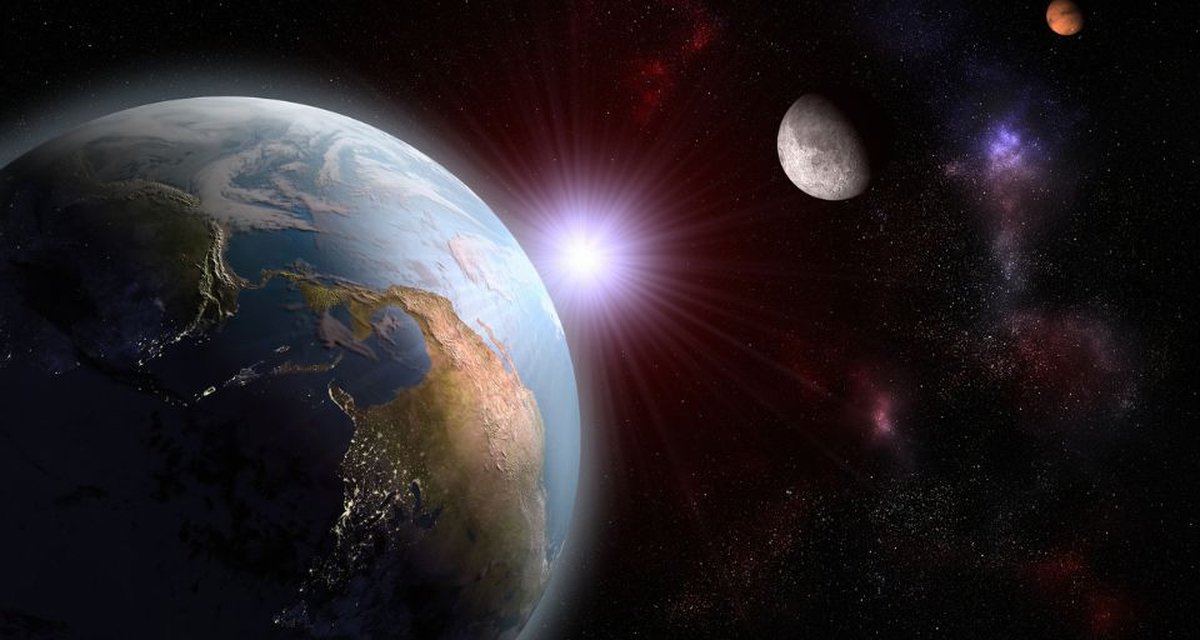One of the greatest mysteries of modern astrophysics: Potential discovery of a ninth planet in our Solar System – has been keeping many astronomers awake at night for some time now. They know that there is an object far beyond Neptune that is large enough to group trans-Neptunian objects (TNOs) in oddly elliptical and inclined orbits relative to our heliosphere.
When astronomers Urbain Le Verrier and John Couch Adams discovered the eighth planet Neptune in 1846, they did so by observing changes in the orbit of Uranus (discovered 60 years earlier), and these changes could only be explained by the presence of another, more distant planet. .
Now a team led by researchers at the California Institute of Technology (Caltech) is trying to find Planet Nine in the same way, but in reverse. Instead of focusing on ice giants like Uranus, has its eyes on “a more traditional low-pitched TNO class” It passes Neptune as if it were “mapping” the Ninth Planet.
How to find a hidden planet in the Solar System?
In this study published in The Astrophysical Journal Letters, researchers Mike Brown and Konstantin Batygin, who presented the first convincing evidence for the existence of Planet Nine in 2016, together with their colleagues bring a new line of evidence and propose a series of observational studies. short-term tests – only when the new Vera Rubin Observatory becomes operational next year.
Following a comprehensive TNO count of more than 3 thousand objects (including the dwarf planet Pluto), researchers noticed that they had eccentric orbits. Instead of orbiting in a circle as we do with other planets around the Sun, they move in tight, thin orbits into interstellar space and back.
It was these extreme trans-Neptunian journeys, unusual in terms of the laws of physics and challenging in terms of what we understand about the Solar System, that led Brown and Batygin to conduct the 2016 study.
New Evidence of the Ninth Planet in the Solar System

In the new study, Brown, Batygin and two colleagues chose to observe 17 TNOs with less eccentric orbits, which do not take them all the way into the Solar System.
They then performed body simulations modeling the gravitational perturbations of all the giant planets, the galactic tide, passing stars, and the early evolution of the Sun.
The conclusion was that there was a one in a million chance that something like Planet Nine did not exist. The bad news is that there are fewer places to hide. However, If it’s not in the other 22% of the sky, something else is causing these strange OTN orbits.say the authors.
Stay up to date with the latest astronomical studies at TecMundo. If you wish, take the opportunity to discover which are the 5 planets that never existed.
Source: Tec Mundo
I’m Blaine Morgan, an experienced journalist and writer with over 8 years of experience in the tech industry. My expertise lies in writing about technology news and trends, covering everything from cutting-edge gadgets to emerging software developments. I’ve written for several leading publications including Gadget Onus where I am an author.












